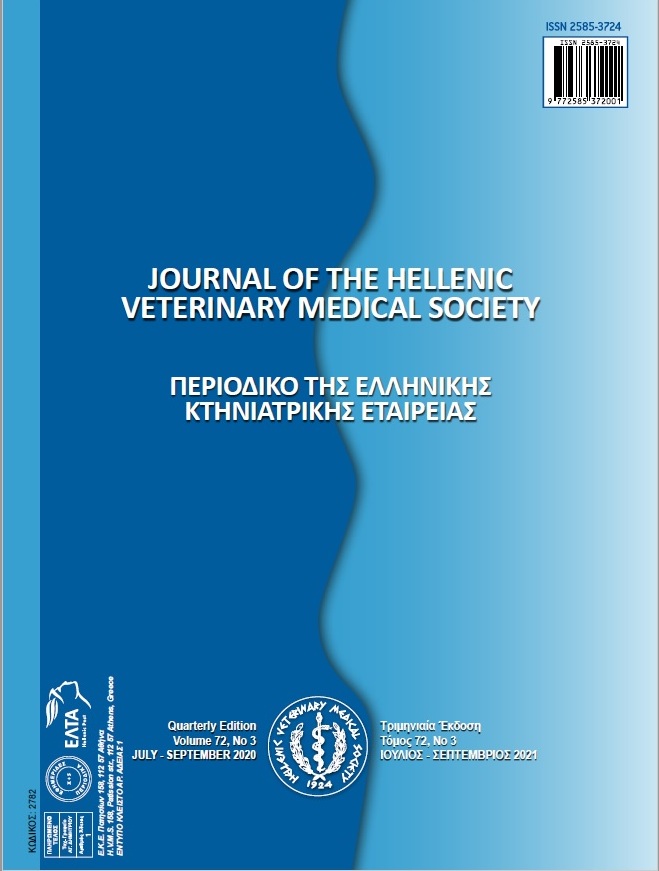Nasal carriage, microbial resistance and genetic characterization of Staphylococcus aureus in cows in Turkey

Abstract
The aim of this study is to determine the isolation rates of S. aureus from nasal swabs of healthy cattle, antibiotic resistance profiles of isolates and to investigate the resistance genes associated with antibiotic resistance. For this purpose; 250 nasal swab samples collected from healthy dairy cattle in farms located in four different provinces (Istanbul, Bursa, Kırklareli and Tekirdağ) examined for S. aureus. S.aureus was isolated from 7.6% (n=19) of the examined cows. Antibiotic susceptibility of isolates was determined by disc diffusion method. The isolates were resistant to penicillin (78.95%); tetracycline (68.42%); erythromycin (63.16%); doxycycline (36.84%); cefaperazone (31.58%); cefoxitin (26.32%); ceftiofur (26.32%) and clindamycin (21.05%), while all were sensitive to penicillin-novobiocin, linezolid, quinupristin-dalfopristin, chloramphenicol, gentamicin, trimethoprim-sulphametoxazole and enrofloxacin. It was determined that 5 of 12 isolates resistant to erythromycin had inducible clindamycin resistance. Antibiotic resistance genes and pvl gene were examined by Polymerase Chain Reaction method. The most common genes detected in the isolates were blaZ (93,33%), mecA (52.63%), tetL (23,08%), tetK (53,85%), ermB (8,33%) and ermC (41,67%). ermA, tetM, tetO and pvl genes were not detected in any of the isolates. In our study, the most common type of SCCmec was found to be type IV 90% (n=9) and only one isolate type I 10% (n=1).
Article Details
- How to Cite
-
Abughonem, H., Halac, B., Kekec, A., Maslak, B., & Bağcigil, A. (2024). Nasal carriage, microbial resistance and genetic characterization of Staphylococcus aureus in cows in Turkey. Journal of the Hellenic Veterinary Medical Society, 75(2), 7291–7300. https://doi.org/10.12681/jhvms.33318 (Original work published July 10, 2024)
- Issue
- Vol. 75 No. 2 (2024)
- Section
- Research Articles

This work is licensed under a Creative Commons Attribution-NonCommercial 4.0 International License.
Authors who publish with this journal agree to the following terms:
· Authors retain copyright and grant the journal right of first publication with the work simultaneously licensed under a Creative Commons Attribution Non-Commercial License that allows others to share the work with an acknowledgement of the work's authorship and initial publication in this journal.
· Authors are able to enter into separate, additional contractual arrangements for the non-exclusive distribution of the journal's published version of the work (e.g. post it to an institutional repository or publish it in a book), with an acknowledgement of its initial publication in this journal.
· Authors are permitted and encouraged to post their work online (preferably in institutional repositories or on their website) prior to and during the submission process, as it can lead to productive exchanges, as well as earlier and greater citation of published work.




